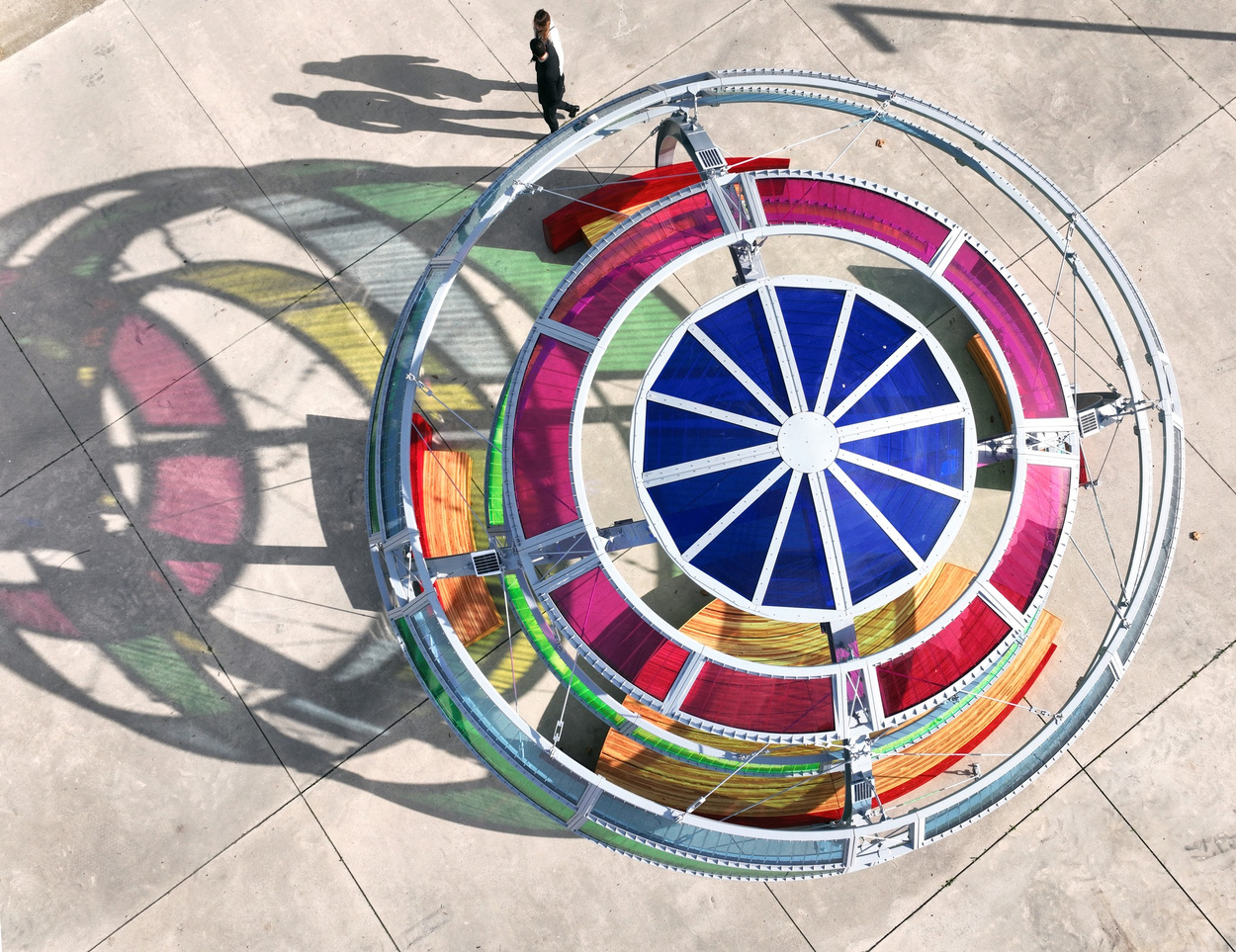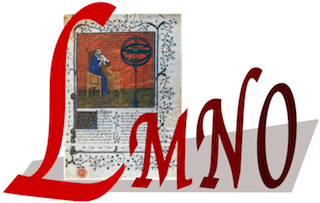Titles and abstracts
Cristina Anghel: Universal coloured Alexander invariant via configurations on ovals in the disc
The coloured Jones and Alexander polynomials are quantum invariants that come from representation theory. There are important open problems in quantum topology regarding their geometric information. Our goal is to describe these invariants from a topological viewpoint, as intersections between submanifolds in configuration spaces. We show that the Nth coloured Jones and Alexander polynomials of a knot can be read off from Lagrangian intersections in a fixed configuration space.
At the asymptotic level, we geometrically construct a universal ADO invariant for links, as a limit of invariants given by intersections in configuration spaces. The parallel question of providing an invariant unifying the colored Jones invariants is the subject of the universal Habiro invariant for knots. The universal ADO invariant that we construct recovers all of the coloured Alexander invariants (in particular, the Alexander polynomial in the first term).
Andrea Bianchi: String topology and graph cobordisms
Let be an oriented, closed manifold; the collection of homology groups , for varying topological space , carries additional operations; these come from the functoriality of , and from Poincare duality of . The most famous such operation is perhaps the Chas–Sullivan string product on . I will report on my current attempt to define quite general operations using the homology of a suitable moduli space of graph cobordisms between and .
Rachael Boyd: Diffeomorphisms of reducible 3-manifolds
I will talk about joint work with Corey Bregman and Jan Steinebrunner, in which we study the moduli space ,
for a compact, connected, reducible 3-manifold.
We prove that when has non-empty boundary, has the homotopy type of a finite CW-complex.
This was conjectured by Kontsevich and previously proved in the case where is irreducible by Hatcher and McCullough.
Tara Brendle: On the level 2 congruence subgroup of the mapping class group
We will survey work of Birman–Craggs, Johnson, and Sato on the abelianization of the level 2 congruence group of the mapping class group of a surface,
and of the corresponding Torelli group. We will then describe recent work of Lewis providing a common framework for both abelianizations, with applications including a partial
answer to a question of Johnson.
John Guaschi: Finite subgroups of surface braid groups
It is known since the 1960s that the 2-sphere and the real projective plane
are the only surfaces whose braid groups admit torsion. The isomorphism classes of the finite subgroups of the braid groups , where
or , and the maximal finite subgroups of
, were determined in previous work. In this talk, we discuss the use of fibrations and other geometric maps in this study, as well as recent work on the maximal finite subgroups
of or , and the maximal finite subgroups of
and their structure with respect to inclusion. In particular, we show that with respect to the case of , certain new phenomena appear for the finite subgroups of
. This constitutes joint work with Daciberg Gonçalves (São Paulo).
Najib Idrissi: Operadic structures of configuration spaces (mini-course)
Configuration spaces of manifolds, that is, ordered finite collections of pairwise distinct points, are classical yet intriguing objects in algebraic topology.
They admit a rich algebraic structure coming from the theory of operads. In this mini-course, I will explain how this structure is defined, and how one can show,
using the extra algebraic structure, that the real homotopy type of the ambient manifold completely determines the real homotopy type of the configuration spaces under some hypotheses.
These talks are based on joint works with Campos, Ducoulombier, Lambrechts, and Willwacher.
Erik Lindell: The Torelli group and tautological cohomology classes with twisted coefficients
In the late 90's, Faber made a series of conjectures about the tautological subring of the Chow ring of
, the moduli space of algebraic curves,
and certain variants of this moduli space. One of the conjectures states that the tautological ring should be a Gorenstein ring (i.e. satisfy Poincaré duality).
This conjecture is no longer generally believed to hold and counterexamples have been found for some variants of .
In a previous (failed) project of mine I attempted to disprove the conjecture for a certain variant ,
through an approach using homology of the Torelli group, an interesting subgroup of the mapping class group of a surface.
In this talk, I will discuss the background of the problem in more detail, explain the intended approach and why it failed and if time permits,
talk about the results this project led to instead.


